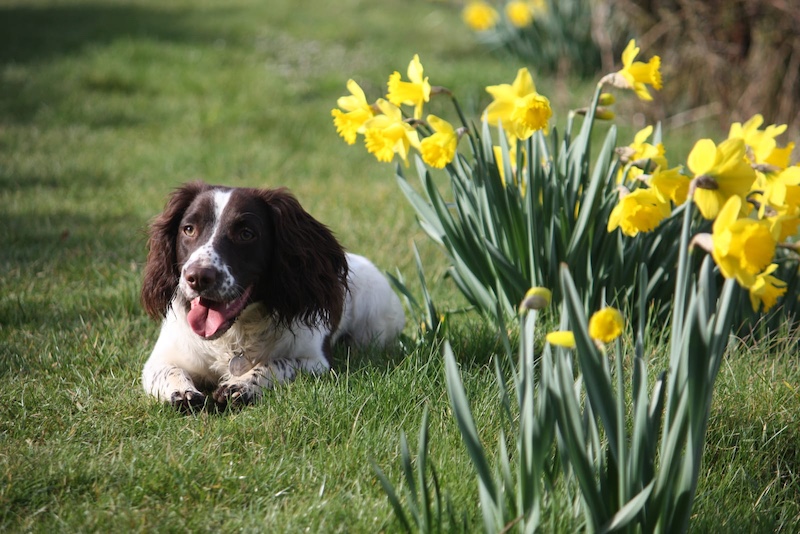Flowers brighten up any space, but if you’re a dog owner, it’s important to know that not all blooms are safe for your furry friend. Some flowers contain compounds that can cause mild to severe health issues in dogs, ranging from stomach upset to life-threatening organ damage. Whether you’re planting a garden or receiving a bouquet, keep these toxic flowers away from your pup.
Lily of the Valley
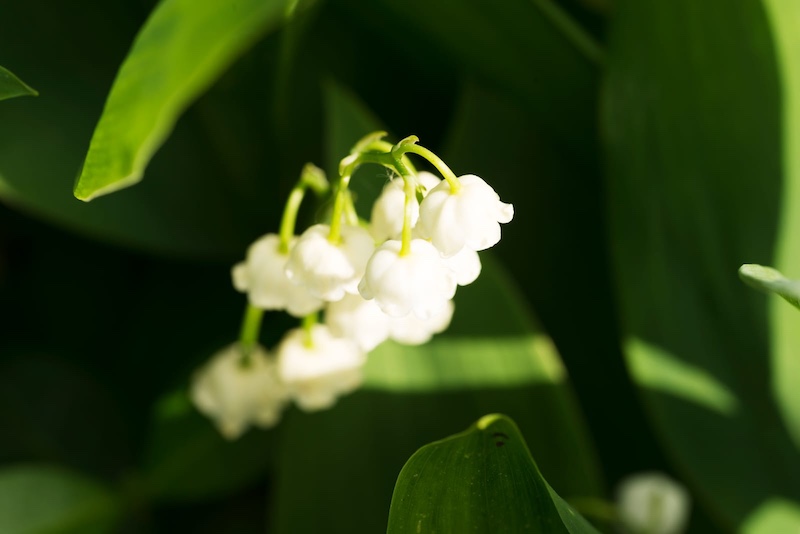
Delicate and fragrant, Lily of the Valley is beautiful but highly poisonous to dogs. Every part of the plant contains cardiac glycosides, which can cause heart rhythm problems, vomiting, seizures, and even death if ingested.
Tulips

Tulips are a springtime favorite, but they pose a serious risk to dogs—especially the bulbs. Tulipalin, a toxin found in the plant, can cause intense stomach upset, drooling, and even depression of the central nervous system.
Daffodils
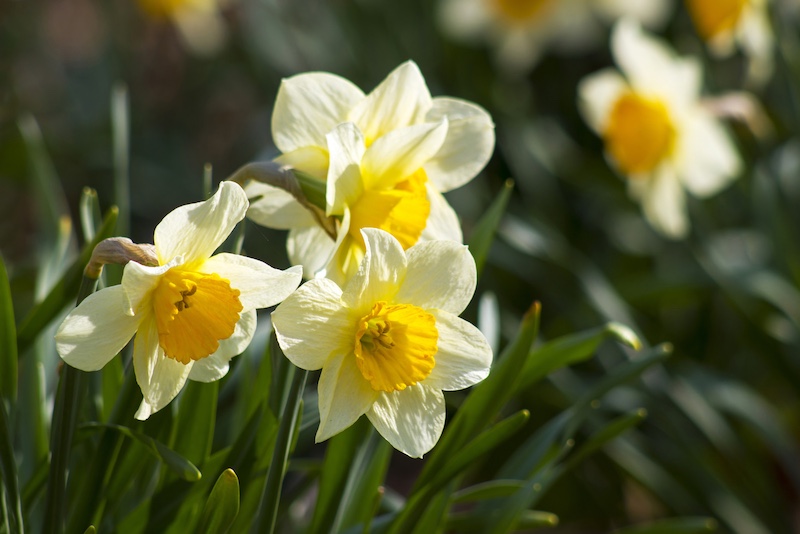
Another popular spring flower, daffodils contain lycorine, an alkaloid that causes vomiting, diarrhea, abdominal pain, and even cardiac arrhythmias in dogs. The highest concentration of toxins is in the bulbs.
Azaleas
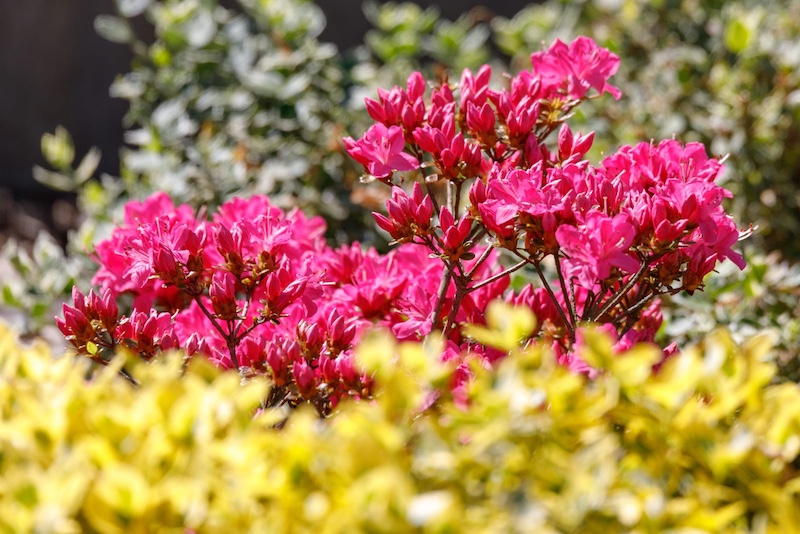
Azaleas, a type of rhododendron, are extremely toxic to dogs. Eating even a few leaves can result in drooling, vomiting, diarrhea, weakness, and potentially fatal heart problems. The toxic substance, grayanotoxin, interferes with the normal function of the heart and nervous system, making even small amounts dangerous.
Oleander
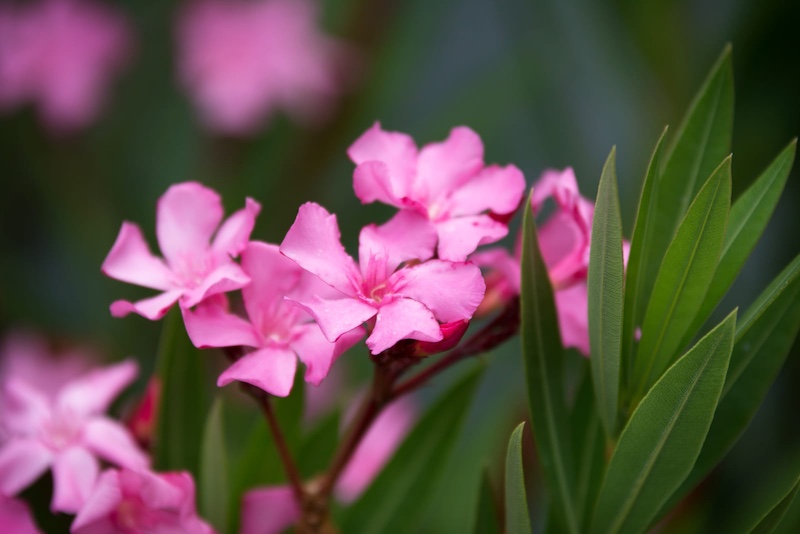
Oleander is a stunning flowering shrub often used in landscaping, but it’s one of the most dangerous plants for pets. It contains cardiac glycosides, which can severely affect a dog’s heart, potentially leading to death.
Hydrangeas

Hydrangeas contain cyanogenic glycosides, which can lead to vomiting, diarrhea, lethargy, and confusion in dogs. While rarely fatal, the symptoms can be distressing and require veterinary care. In severe cases, ingestion may also cause a drop in blood pressure and difficulty breathing.
Chrysanthemums
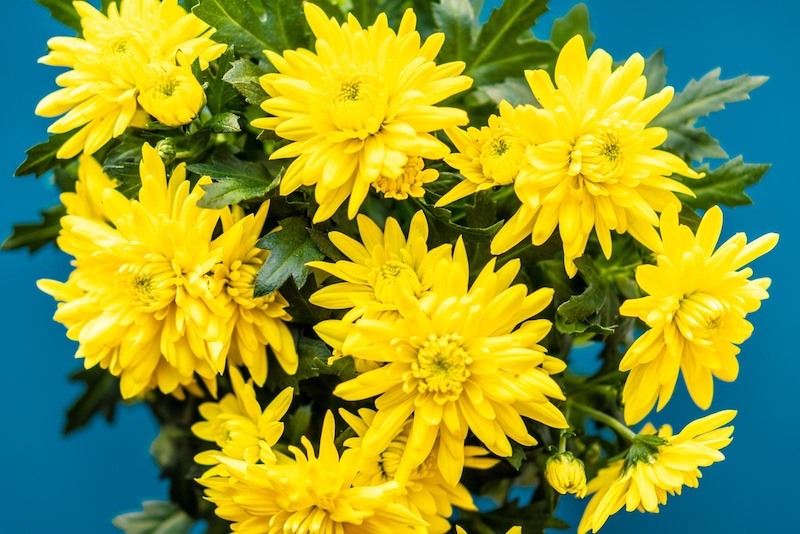
Common in fall displays, chrysanthemums can cause a range of symptoms in dogs, including drooling, vomiting, diarrhea, and loss of coordination. Pyrethrins, the toxic component, are also found in some insecticides.
Foxglove

This tall, tubular flower is striking, but it contains digitalis, a compound that affects heart function. Ingesting foxglove can cause vomiting, diarrhea, heart arrhythmias, tremors, and death. Even minimal exposure, such as chewing on a leaf or stem, can be enough to trigger toxic effects in dogs.
Peonies

Peonies are beloved for their full, lush blooms, but they can cause vomiting and diarrhea in dogs. The toxin paeonol, concentrated in the bark, is the main culprit. Symptoms typically appear within a few hours of ingestion and may also include drooling and a loss of appetite.
Autumn Crocus
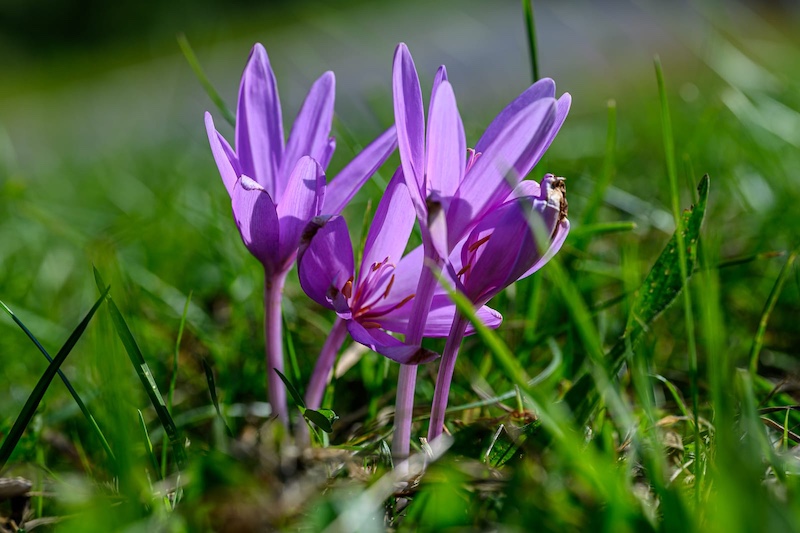
Not to be confused with spring crocuses, the autumn crocus is particularly dangerous. It contains colchicine, a toxic alkaloid that can cause severe gastrointestinal distress, respiratory failure, and organ damage.
- Please Note: This content was created with the assistance of AI and thoroughly edited by a human before publishing.

